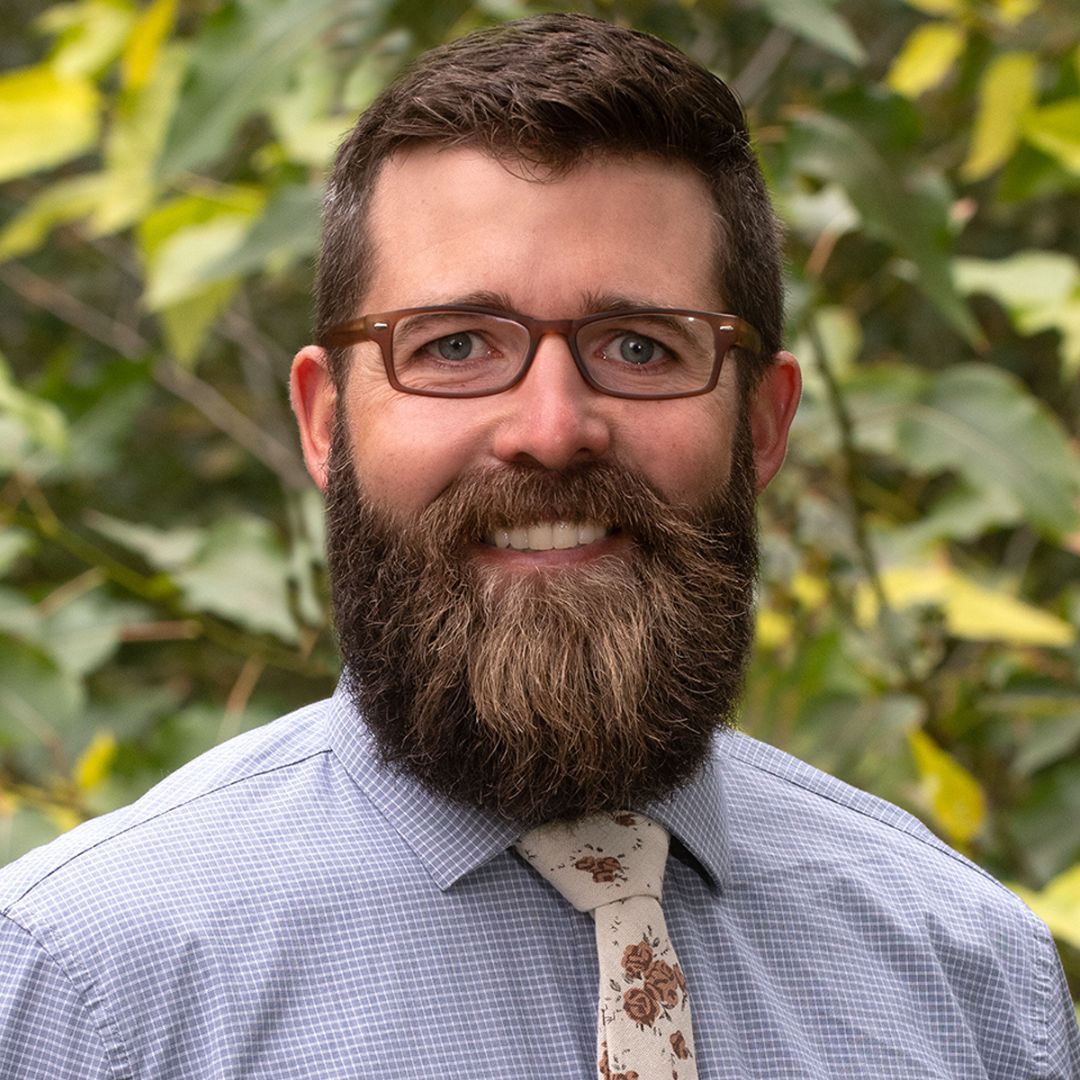How Senior Care Communities Can Protect Residents Against Wildfire Smoke
Every summer and fall, wildfires stretch across the western United States and Canada, sending carbon monoxide, carbon dioxide, and particulate matter into the air. In 2023, more than one third of the United States population, all the way to the East Coast, was under wildfire smoke air quality alerts, according to CNN. And it’s a growing problem.
The inhalation of wildfire smoke poses a serious health risk to residents in senior care communities, exacerbating respiratory conditions and highlighting the need for preventative measures.
The U.S. Department of Agriculture reports that since the 1970s, wildfire seasons in the western states has grown from five months to over seven months long. From 1973 to 1982, the average burn time of individual fires was six days, but that has expanded to 52 days between 2003 and 2012. Climate change is poised to continue to increase wildfire activities with warming temperatures and increased drought.
Read on to find out how wildfire smoke impacts senior care communities and what can be done to protect residents and staff.
Understanding How Wildfires Impact Senior Care Community Air Quality

Luke Montrose, environmental toxicologist and researcher at Colorado State University
States such as Idaho and Montana are frequently exposed to wildfire smoke, prompting Luke Montrose, an environmental toxicologist and researcher at Colorado State University, to study how that smoke affects the air quality in long-term care facilities. “Long-term care and senior care facilities house some of the most vulnerable people in our communities, and these folks can be especially sensitive to poor air quality,” he says.
According to Yale Medicine, the particulate matter in smoke can have serious health effects. Particulate matter includes PM10, which are inhalable particles measuring 10 micrometers and smaller in diameter, as well as PM2.5, which are inhalable particles measuring 2.5 micrometers in diameter and smaller. Since PM2.5 particles are so small, they can travel deep into the lungs and the bloodstream, causing health issues.
Inhaling PM2.5 particles can affect lung function, cause bronchitis, increase asthma attacks, and increase the risk of heart attack, stroke, lung cancer, and cognitive decline. The risks are heightened for at-risk populations such as older adults, those with heart or lung disease, and those with underlying conditions.
To measure wildfire smoke effects both outside and inside of senior care communities, Montrose installed air quality monitors at multiple communities. “We started working with facilities in 2019 and installed our first monitors around January 2020,” he says. “We have installed indoor and outdoor monitors in approximately 10 facilities, with about eight being in Idaho and two in Montana. The facilities in Montana are in the western part of the state, and for Idaho, we have mostly had monitors in and around Boise.” He notes that one community was in northern and another community was in eastern Idaho.
The monitors collect air quality information, including PM2.5, PM10, temperature, and humidity data. “We focus on the PM2.5, as this is the size fraction that can bypass the body’s defense mechanisms and enter the deep lungs, and have been shown to cause the most respiratory harm,” Montrose says. While the instruments take readings every minute, Montrose primarily focuses on hourly averages, 12-hour averages, and 24-hour averages.
The findings from Montrose’s study are concerning. During the 2020 wildfire season, monitors in four Idaho facilities revealed that large amounts of smoke managed to infiltrate the facilities. One building’s indoor air contained 50% of the particulate matter found outside, while another building’s indoor air contained 100% of the particulate matter found outside. “In general, wildfire smoke infiltrated all four facilities in this study, but to varying degrees,” he explains. “Some of the indoor air daily averages were almost 10 times the EPA standard for a daily average.”
Montrose plans to continue the air quality study, and has recently submitted a grant to expand the study. If funded, he hopes to recruit approximately 20 additional senior care communities within Idaho, Montana, and Colorado. Any interested communities can contact him directly to set up a meeting and learn about the opportunities.
How Senior Care Communities Can Protect Residents and Staff
Montrose’s study highlights just how much wildfire smoke can impact indoor air quality in senior care communities. It also drives home the importance of taking an active approach in preparing for wildfire season and prioritizing indoor air quality.
When it comes to monitoring indoor and outdoor air quality, Montrose notes that facilities should look into where their outdoor data comes from. “For example, when a building manager looks at the outdoor air quality on their phone, they should identify where it comes from. This can be done by going to AirNow.gov and finding the closest regulatory monitoring station that collects PM2.5,” he says. “This may be right down the street for some facilities and more than 100 miles away for others. In the case of the latter, the facility staff should consider investing in their own monitoring equipment, as the regulatory monitor more than 100 miles away is not providing them with useful or accurate information.”
Montrose also encourages communities to ensure that the indoor air is as clean as possible. Measures might include HVAC system maintenance, filter upgrades, and more. “Install air quality monitors,” he says. “We are currently working o materials that facilities can use to help them prepare and respond to smoke events.”

Tony Abate, vice president and chief technology officer at AtmosAir Solutions
Tony Abate, an indoor air quality expert and vice president and chief technology officer at AtmosAir Solutions, explains that smoky air can enter a building in several ways. “Negatively pressurized buildings due to poor HVAC design will allow uncontrolled outside air to enter the building,” he says. “Ideally a building should be slightly positively pressurized, so air wants to push out of the building. Even in a well-designed and sealed building, smoky air can enter through the HVAC system.” However, an HVAC system that features outside air dampers that can be closed during a wildfire can help keep smoke out.
New construction buildings can be engineered to help keep outdoor contaminants like wildfire smoke out, but it’s important to consider several factors. The building envelope needs to be well sealed to keep unwanted air out. A building should be equipped with the aforementioned HVAC system with air dampers that can be closed. “Air balancing must be done to be sure the building is positively pressurized so air the slightly pushes out and not sucking in air from the outside,” says Abate. “Also, HVAC systems need to be designed to be able to accommodate high efficiency filters and proper controls to vary outside air coming into the building.”
Abate encourages any facility owner who wants to improve the air quality in an existing building to start by evaluating the HVAC control systems. Those systems need to be up to date and functioning properly to be able to react to wildfire smoke. “Installing indoor air quality monitors that can read air quality and make these adjustments before the problem becomes severe will greatly help,” he says.
Abate explains that an active/passive air purification design is the best way to reduce smoke and smoke odor. “This would include high efficiency media filters which is passive technology and bi-polar air ionization, which is active technology that can go into a building and clean wildfire smoke at an occupant’s level.”
“The steps outlined above represent layers of protection,” says Abate. “Using multiple layers will work better than any one step alone and will help to provide significant protection during wildfire smoke events.”

Paige Cerulli is a contributing writer to i Advance Senior Care.
Related Articles
Topics: Activities , Facility management , Featured Articles , Senior Environments , Technology & IT











